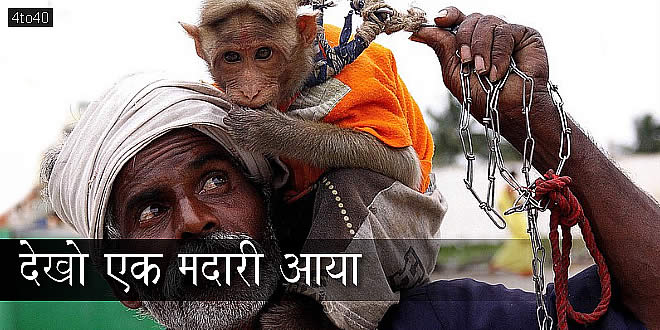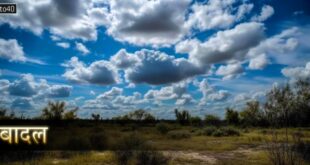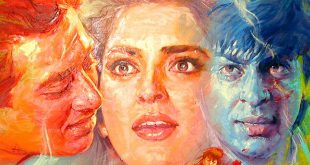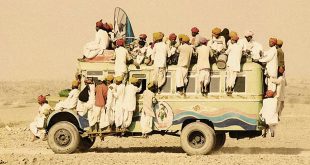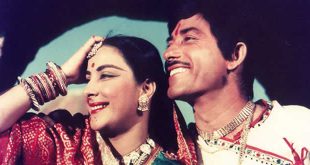देखो एक मदारी आया: ‘Madari’ is a word of Hindi origin and it means “Street performer” or “Juggler”. It could also refer to someone who is a manipulator or a trickster.
मैं जब छोटा था तो मेरे गांव में बहुत मदारी आते थे। फिर पता नहीं मदारी कहां चले गए! फिर मैं पूछने लगा कि मदारियों का क्या हुआ? मेरे गांव के बीच में ही बाजार है। उस बाजार में एक ही काम होता था: सुबह-शाम डमरू बज जाता। मदारी आते ही रहते, भीड़ इकट्ठी होती रहती। वही बकवास–कि जमूरे, नाचेगा? और जमूरा कहता–नहीं। और मदारी कहता–लड्डू खिलाएंगे, नाचेगा? वह कहता–नहीं।
देखो एक मदारी आया: रूपचन्द्र शास्त्री ‘मयंक’
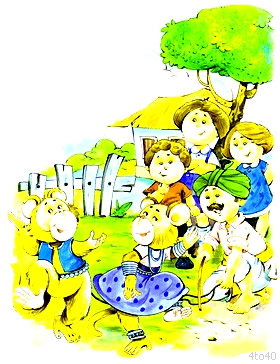
देखो एक मदारी आया।
अपने संग लाठी भी लाया॥
डम-डम डमरू बजा रहा है।
भालू, बन्दर नचा रहा है॥
लम्बे काले बालों वाला।
भालू का अन्दाज़ निराला॥
खेल अनोखे दिखलाता है।
बच्चों के मन को भाता है॥
वानर है कितना शैतान।
पकड़ रहा भालू के कान॥
यह अपनी धुन में ऐंठा है।
भालू के ऊपर बैठा है॥
लिए कटोरा पेट दिखाता।
माँग-माँग कर पैसे लाता॥
∼ ‘देखो एक मदारी आया‘ हिंदी कविता by ‘डॉ. रूपचन्द्र शास्त्री ‘मयंक’‘
The Madari people of South Central Asia were originally all Hindus but many converted to Islam during the period of the Moguls. Their traditional occupation is that of being snake charmers and entertainers with monkeys and bears. With the rise of animal rights, the Madari have had to find other employment. Many have left their nomadic habits to settle down to become farm workers and day laborers. The vast majority of Madari are landless. Some of their women and children beg to gain income to support their families.
Illiteracy is a big problem for the Madari. As long as most of the Madari cannot read or write, they will remain at the bottom rung of society. The main language of the Indian Madari is Urdu.
Where Are they Located?
Most Madari people live in India and Pakistan. Smaller groups live in Bangladesh and Sri Lanka.
 Kids Portal For Parents India Kids Network
Kids Portal For Parents India Kids Network
